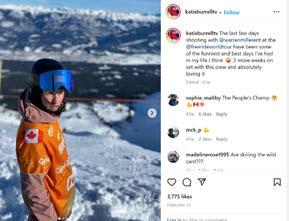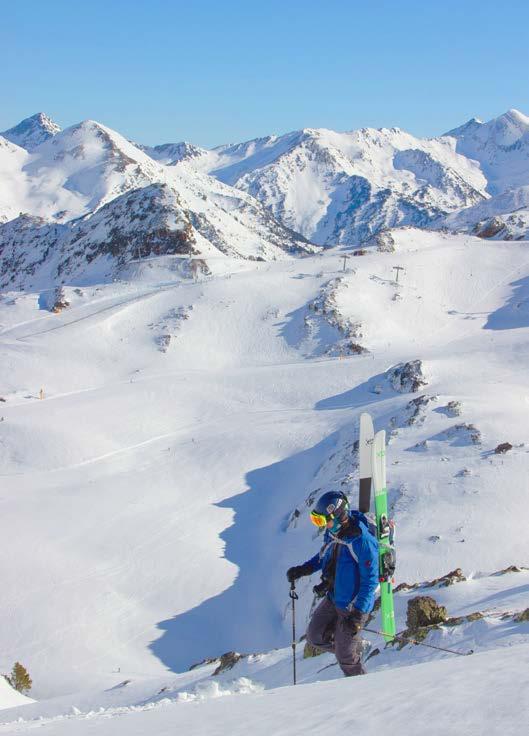
7 minute read
The Community That Skis Together Reads Together
| BY JENNIE LAY
NONFICTION FOR EVERYONE: ONE BOOK STEAMBOAT KEEPS THE COMMUNITY READ REAL
A conversation with Ted Conover, author of “Cheap Land Colorado”
Finally, an authentic Western drama.
Ted Conover, famous for riding the rails, working and traveling with Mexican migrants, and signing on as a prison guard at Sing Sing for past journalism projects, has returned to his Colorado roots and hunkered down with locals in the ill-mapped reaches of a remote alpine valley. His new book, “Cheap Land Colorado: Off-Gridders at America’s Edge” unravels a modern Rocky Mountain landscape with which few Coloradans are likely acquainted.
Sure, you’ve been to the Great Sand Dunes. But a distinctly different part of the San Luis Valley rightfully claims the honor of “Wild West.” Out on the flats, there’s a dry lawless expanse of subdivided open prairie, unchecked zoning, self-reliant characters, poverty, charity, drugs, guns, conspiracy theories, possible alien encounters and a strong vibe for alternative everything. It’s a space riddled with hope and desperation, having bloomed out of the unholy matrimony of developers selling mail-order real estate dreams and a county’s questionable (2023 update: terrible) 1970s land planning.
To write “Cheap Land Colorado,” Conover moved right in. He bought himself one of those parched 5-acre parcels with a ramshackle trailer, then honestly got to know his neighbors. The nuanced story he tells in this book covers the myriad social, environmental, logistical and historical angles of an outcast community doing its best in the West.
“Cheap Land Colorado” is a modern rendition of a neverending pioneer story. It’s a tale that wouldn’t be possible without a multi-layered colonial legacy of land grants and vast public lands. With that in mind, did Conover set out to write a portrait of a people or a landscape? “My book is about life in a particular Colorado place, so it’s about both,” he says. “One takes meaning from the other.”
Our interview slipped into Conover’s admirable investigation and impressions about crafting “Cheap Land Colorado.” The nonfiction book is this year’s One Book Steamboat community read, and Conover appears live on Wednesday, June 28, at Bud Werner Library to talk with the Yampa Valley community about it.
It’s notable that Conover shared his fond personal connection with the Yampa Valley, too. He’s excited for a long overdue return: “I have a lot of good Steamboat memories, including winning the first trophy of my life (in skijoring, because I had a fast horse) during the Winter Carnival, when I was about 10. And skiing Concentration, one of the great bump runs anywhere, in springtime, repeatedly, when I was a teenager.”
Jennie Lay: Aside from certain glamorous outposts in the Rockies and Denver, much of Colorado can be lumped in what the coasts call “flyover country.” For Coloradans, the flats you write about in the San Luis Valley take that even deeper – fly-by country. What was your point of reference with the San Luis Valley before this project?
Ted Conover: I’d been to the San Luis Valley as a kid growing up in Denver, on a family car trip – we stopped at the sand dunes en route to Mesa Verde and the Durango-Silverton narrow gauge railway. And after I had my own kids, my wife and I brought them out for a very similar trip. But no … until about 2016, when I saw people living in modest homesteads on similar land in South Park, I knew nothing about people living off-grid on the prairie there. I told my sister in Denver about them, and she told me about La Puente’s outreach to off-gridders in the San Luis Valley.
JL: Your deep reporting is a style you’ve branded as immersive vs. investigative. What do you define as differences between the two approaches?
TC: Actually, I do consider my immersion reporting to be a kind of investigative reporting – just not the classic, Woodward-andBernstein, exposé kind of investigative reporting. The hidden things that spark my curiosity are mainly people’s lives, lives that mainstream people tend to know little or nothing about.
JL: How are readers and reviewers from the West vs. the East responding to your profile of the San Luis Valley?
TC: I don’t really see regional differences in the ways that readers are reacting to the book. Coverage in the San Luis Valley has been positive overall. I do remember being told, as I was writing it, that I needed to add some background information for city people who might not understand what a cattle guard is, for example, or why being able to see or smell smoke from a big wildfire doesn’t necessarily mean you need to evacuate immediately.
JL: Land use management is a big, complicated topic, but what do you think led to the current state of affairs on the flats?

TC: So as you know, in the 1970s, real estate developers turned a lot of ranchland in the area I’m writing about into 5-acre lots— about 45,000 such lots, in fact, in Costilla County alone. Cheap land was a new thing at the time, popularized in California and Florida by developers like M. Penn Phillips, who understood the tremendous appeal of owning a piece of even if undistinguished land. He and others saw how selling by mail, for little or no money down, a developer could make a little bit of money on a lot of small properties and come out ahead.
First they needed to sell their ideas to county commissioners, and at first blush the numbers made sense for county governments: subdivided residential land could generate a lot more tax revenue than agricultural land. The problem is that county commissioners often didn’t look ahead to the day when people might move in and the county would need to provide services – maintaining roads, making room in local schools, sending deputy sheriffs when there was trouble, expanding social services.
JL: Readers will undoubtedly feel a general sense of lawlessness prevail in “Cheap Land Colorado,” but how do folks on the flats perceive their social order? And how did your perception change from the beginning to the end of this project?
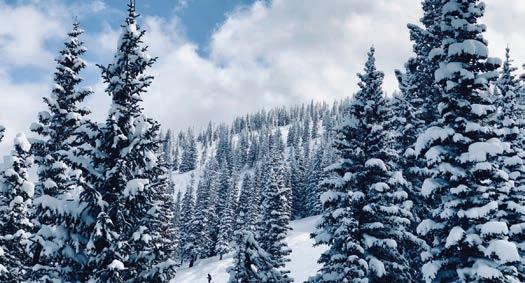
TC: I arrived right after a period of zealous code enforcement had forced many prairie dwellers to leave and had alienated and politicized many others. I happen to believe in housing codes, but lots of my neighbors out there had never been made aware of the rules or forced to comply. The sudden crackdown led to a lot of hard feelings toward the county. Those feelings softened, I think it’s fair to say, when the county pulled back and adopted a more measured approach to enforcement. I’d say my neighbors are generally glad that the sheriff’s office is there to help when things go wrong. That said, we don’t often see law enforcement out there, and most are fine with that.
JL: How would you have felt about flats life if you never had the luxury of leaving? You are a second-home owner out there, after all. TC: Obviously it would be much different. That goes for every immersive reporting experience I’ve ever had: the fact I can leave means I’ll never fully understand the lives I’m trying to learn about. That said, you can learn a lot by putting yourself out there and investing the time. You just need to be modest about what you can claim to know.
JL: One topic you touch on lightly is water and the lack of it in a valley with some of the oldest water rights in the American West. There are some dramatic water stories unfolding in the San Luis Valley, and water is top of mind for most everyone on the Western Slope these days – so what’s the deal with wells and water storage out there?
TC: Water scarcity is probably the main limitation to off-grid living on the prairie. During my first two years out there, I bought countless 79-cent gallons of water at Walmart and showered at a gym in Alamosa that sells a $10 day pass; I washed my clothes at laundromats in town. A few prairie dwellers have wells; others fill giant plastic cubes called “totes” at a handful of local springs. The really big users of water in the valley, though, are farmers and ranchers with senior water rights; some of them get it from canals and others pump it from the aquifer and spray it using pivot irrigation. As you know, Douglas County and other Front Range suburbs are thirsty and eyeing the valley’s water; I hope they don’t get it, since subtracting agriculture would make the valley a less desirable place.
JL: Not to romanticize it, but do you sense there is a magic euphoria in “big nature” that helps mend hard lives and grievances that define day-to-day existence on the flats?
TC: I think that natural beauty can’t help but make things better. That said, it’s not a solution to those serious problems.
JL: Do you still feel affection for the San Luis Valley, now that it’s no longer a project? A place to just be?
TC: I will definitely keep going there. Since I turned in my book manuscript a year ago, I’ve visited five times. It’s part of my life now. Learn about Steamboat’s community read at www.steamboatlibrary. org/events/one-book-steamboat.
READ ABOUT RIVERS. LEARN ABOUT LIFE.
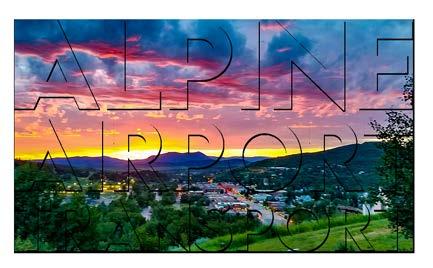
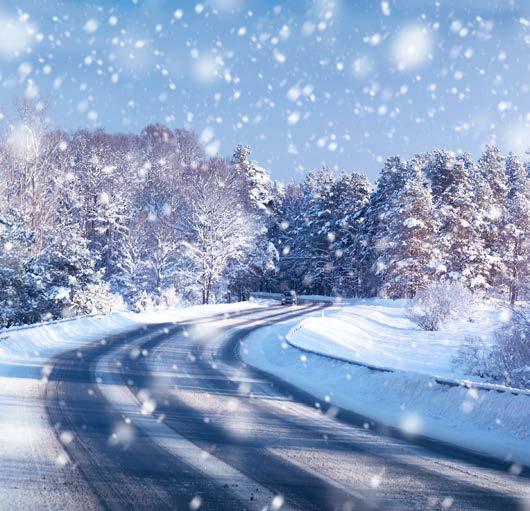
Author and flyfishing guide Chris Dombrowski’s elegant new memoir is “The River You Touch: Making a Life on Moving Water.” The prose is equal parts awestruck nature writing and revelatory coming-ofmiddle-age fatherhood introspection. His relatable experience is that of a devoted 21st century transplant in the West; the story is a poignant reckoning with his local Montana wilderness, peppered with the places, people, plants and animals he encounters along the trail. It’s one man’s memory and a beautiful rumination on the effects of living and loving in the outdoors. Dombrowski visits Steamboat Springs for a live author talk on Wednesday, March 15, at Bud Werner Library.
www.steamboatlibrary.org/events/dombrowski
CMC PICKS A COMMON READER.
Common Reader is a system-wide literature program that includes all the Colorado Mountain College campuses. This year they’re focused on “Woman of Light,” a novel by Kalie Fajardo-Anstine, a Denver native who has been a finalist for some of America’s top literary awards. Her latest novel is historical fiction set in 1930s Denver—a multi-generational story that puts fresh perspectives on Colorado history and the people who’ve settled here. Best of all, the author leans heavily on the Chicana and Indigenous voices of her heritage, revealing lesser-known circumstances and lively characters moving in new ways through a recognizable landscape. Fajardo-Anstine is hosting livestream talks about her book at the end of March.
www.coloradomtn.edu/community-partnerships/common-reader

FOLLOW THAT WOMAN.
If you saw the latest Warren Miller ski flick, “Daymaker,” you already know that comedian and “professional leisure athlete” Katie Burrell was the star of the show. Keep your funny bone tickled with her ongoing leisure sport shenanigans on Instagram. @katieburrelltv. SM
